
How has recruitment changed during the COVID period? How will recruitment look like in the post-pandemic world? How companies respond to this pandemic and adjust their hiring funnel now will decide the fate of organizations going forward.
How has recruitment changed during the COVID period? How will recruitment look like in the post-pandemic world? How companies respond to this pandemic and adjust their hiring funnel now will decide the fate of organizations going forward.
“How can there be a loss of 25 million jobs and a shortage of employees at the same time?”
COVID19 has put the recruitment industry at crossroads. On the one hand, there are millions of talents without any work, ideal for a new hire.
On the other hand, industries like e-commerce are struggling to find human resources to fuel their supply chains.

To understand how this can happen, we need to take a closer look at how recruitment has changed during the COVID-19 period.
Like every other sector of the economy, coronavirus has hugely impacted the recruitment sector. The virus is supposed to take out 10% of the annual revenues across sectors. While unemployment, a hiring freeze, and salary cuts are becoming the norm, lack of business travel and exports are also indicating an uncertain future.
But every event comes with a silver lining. We are already seeing industries like e-commerce and online education booming. And the FMCG and the automobile sector are all set to bounce back.
So, has COVID only negatively impacted the recruitment sector? Or is there some positive outcome to be expected? Let’s have a look at the present scenario that can be summarized in 5 key trends:
Let’s address the biggest elephant in the room. Coronavirus has indeed led to millions of job losses and hiring freeze throughout the world.
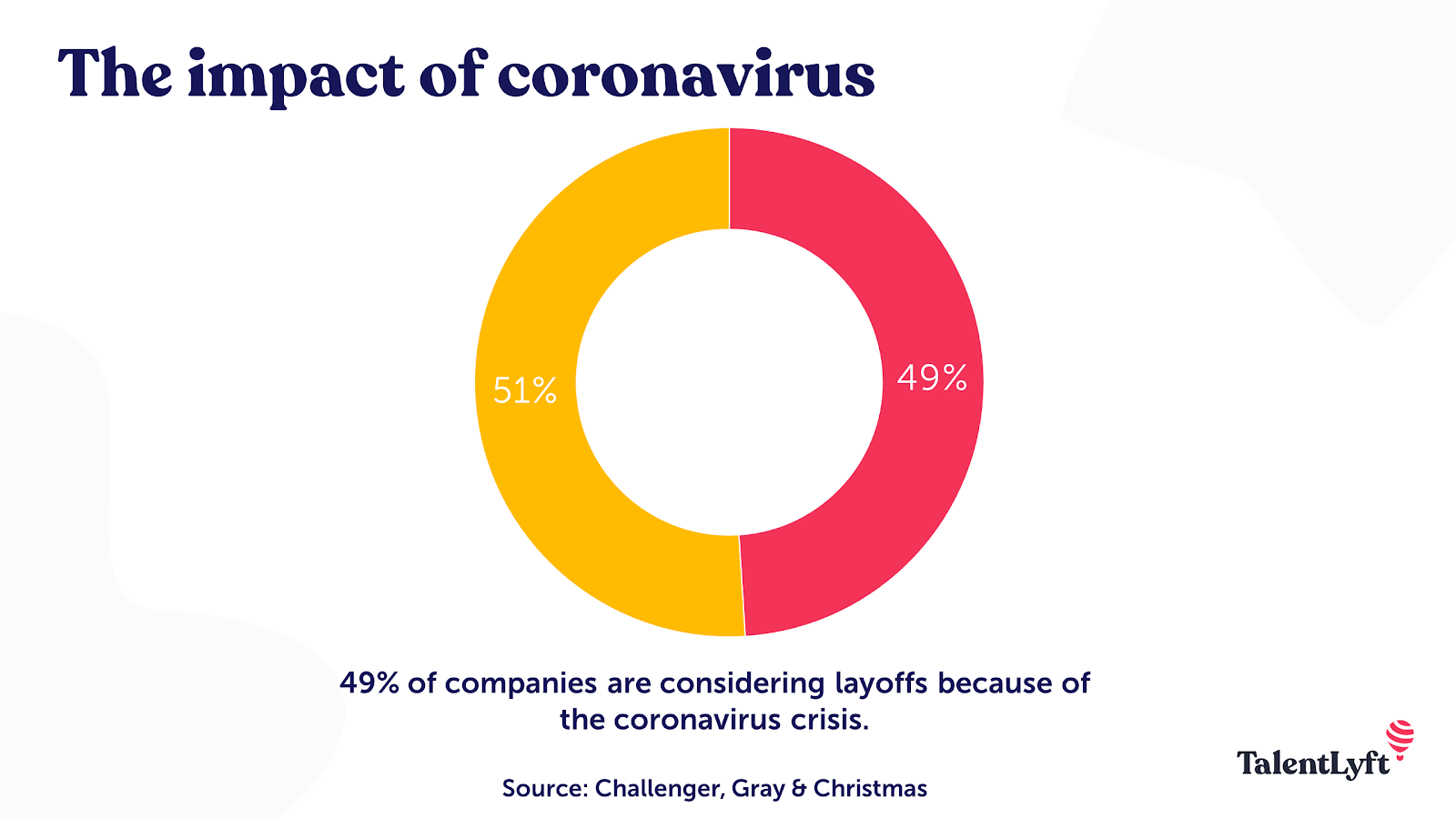
However, all sectors are not equally hit by the pandemic. Sectors like e-commerce, online education, the gaming industry, and a few other SAAS based industries have seen a dramatic increase in their businesses. Amazon is a prime example with its US wing hiring an additional 100,000 employees during the crisis period.

Social distancing measures have automatically meant a decrease in attendance of personnel in the office. WFH culture was already on the rise before the pandemic. The recent situation has only made it mandatory for organizations and has sped up the adoption process.
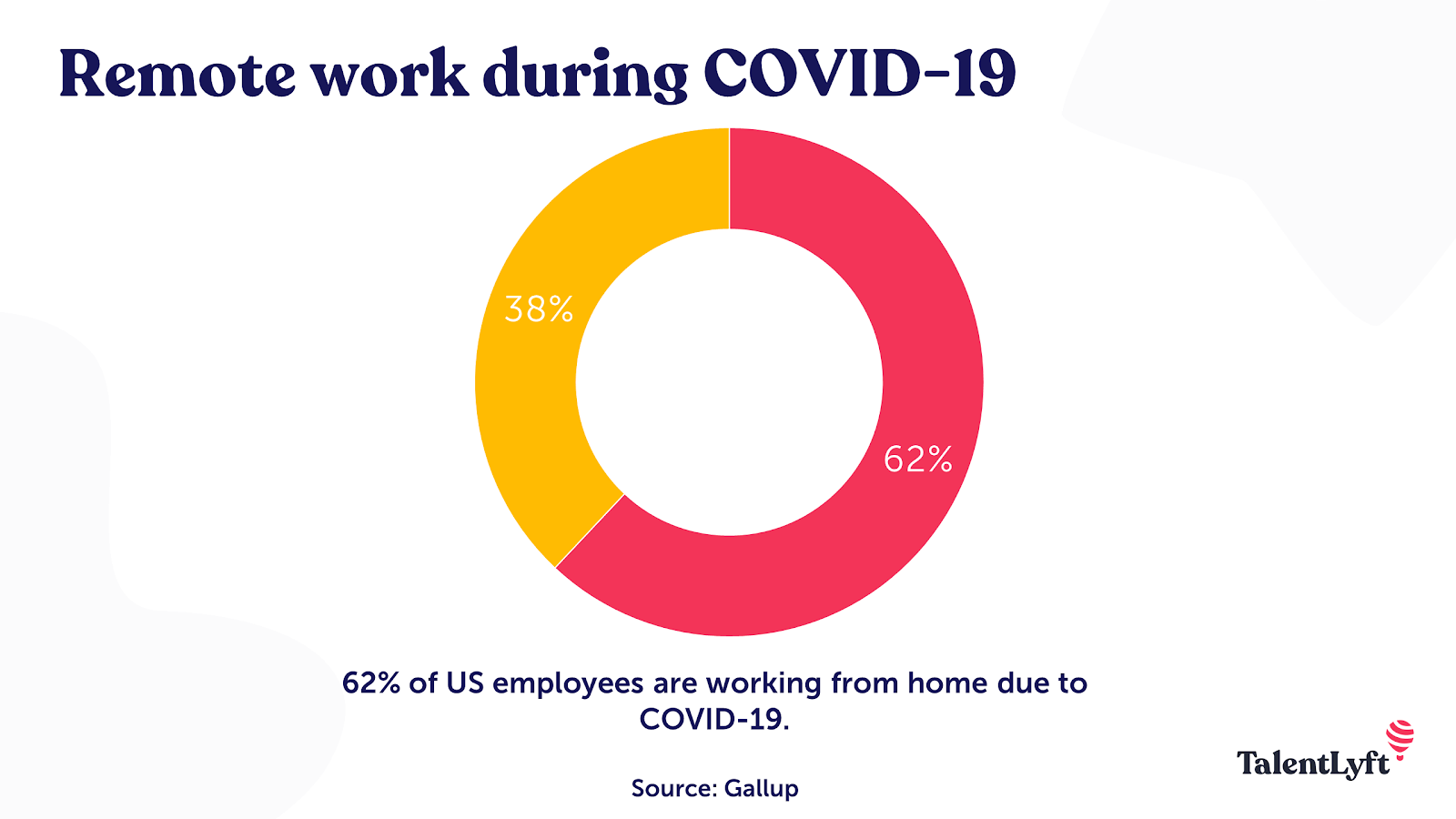
However, this sudden change has also meant fresh challenges, especially in developing countries. The lack of basic infrastructures like Wi-fi and separate working spaces has meant that a large portion of the workforce has to compromise with the quality of their output. Other challenges include a lack of transparency in workload, suboptimal communication, and accountability of work.
WFH also comes with additional opportunities for employees. All the commute time saved plus the absence of commitment to sit on the desk for nine hours means that workers now have extra time to take on new gigs.
Working part-time as a freelancer or a consultant can be the new normal for most of the workforce. This would increase the earning opportunities for employees, but organizations will now have access to a contractual workforce.
Countries like India have seen a major exodus of migrant workers returning to their native places. Now with a large chunk of them refusing to return, recruiters are facing issues to employ ground workers. The problem can only amplify as the economy returns to normalcy and organizations demand a much larger workforce in a short period.
Video conferencing tools have experienced a sudden boom owing to the WFH practices and remote interviews. Some companies are even trying online assessment tools that can replace the one on one assignment rounds. Hackerrank CodePair (for coding interviews) and Google Jam board are examples of such solutions.
These solutions are not only filling the current gaps but can also make the whole recruitment process more efficient. Candidates that are not able to come for one on one interviews can fit in a video interview call much more easily in their schedule.
Headhunters even say that it is much easier to get the attention of candidates now that everyone is at home compared to previous scenarios of taking calls from their workplace or while traveling. However, challenges like lack of personal touch, and hiring where personality is a major criterion is still an issue.
With COVID creating so many professional and cultural changes, it is very easy to overstate the longevity of these changes. History, however, reminds us that the motivation arisen from fear is not a long-lasting one. The world has seen pandemics and economic recessions in the past and has rebounded from it quickly. With that in mind, let’s predict some of the aspects of recruitment in the short and long term.
Long-term thinking, adjustment, and adopting technology will be the markers for a recovery in the post-pandemic world. Recruiters will need to prepare for the recommencement of industries well in advance to succeed when the economy reopens. Here are some of the things recruiters need to keep in mind as businesses come back to usual:
Most economists are predicting a ‘U’ or a ‘V’ shape recovery of the economy. As industries return to their old self, there will be a huge demand to fill up the massive gaps left during the COVID job-loss season. Recruiters will find themselves under huge pressure to reduce the ‘time to fill’ period significantly. Sourcing and screening of such a large number of candidates will become a huge issue. In such situations, expect manual processes to take a back seat and automation to take over.
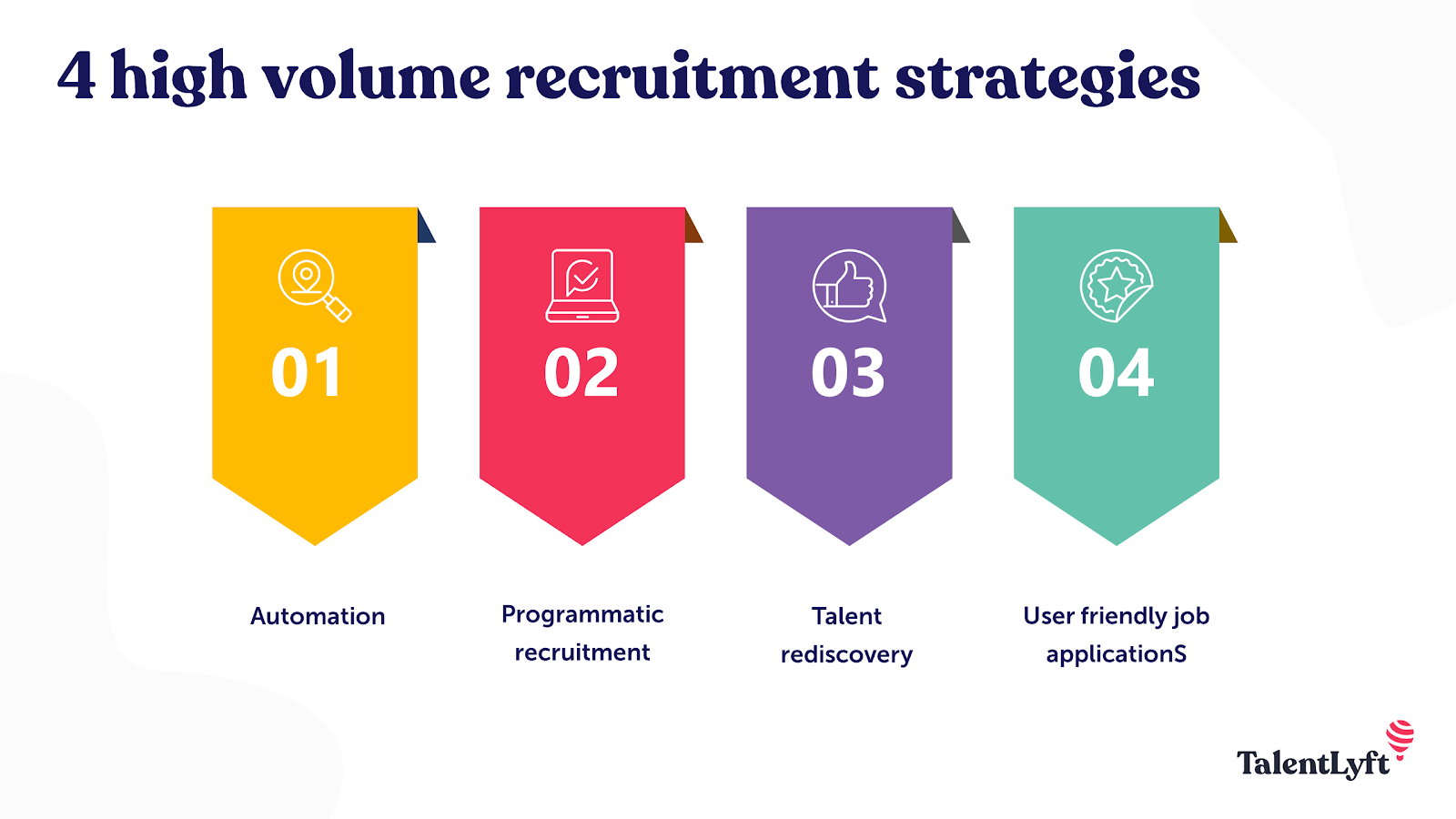
💡 PRO TIP:
Learn how to excel in mass hiring!
As the pressure increases, recruiters need to prioritize and focus on what matters to their organization. Manual and mundane tasks will be automated. As recruitment AI starts to play a more important role, expect recruitment processes to become transparent and more efficient. AI would also empower the recruiter by helping him or her take business decisions with the help of historical data.
💡 PRO TIP:
Learn more about the benefits of automation in recruitment!
The rise of work from home can have a lasting impact on how the workplace functions. Organizations have now started to realize that a majority of their roles don’t necessarily need a physical presence in the office. With employees working remotely, ‘place of residence’ is no longer a bar in the hiring process. Expect more remote working opportunities, and more employees working from their native places.
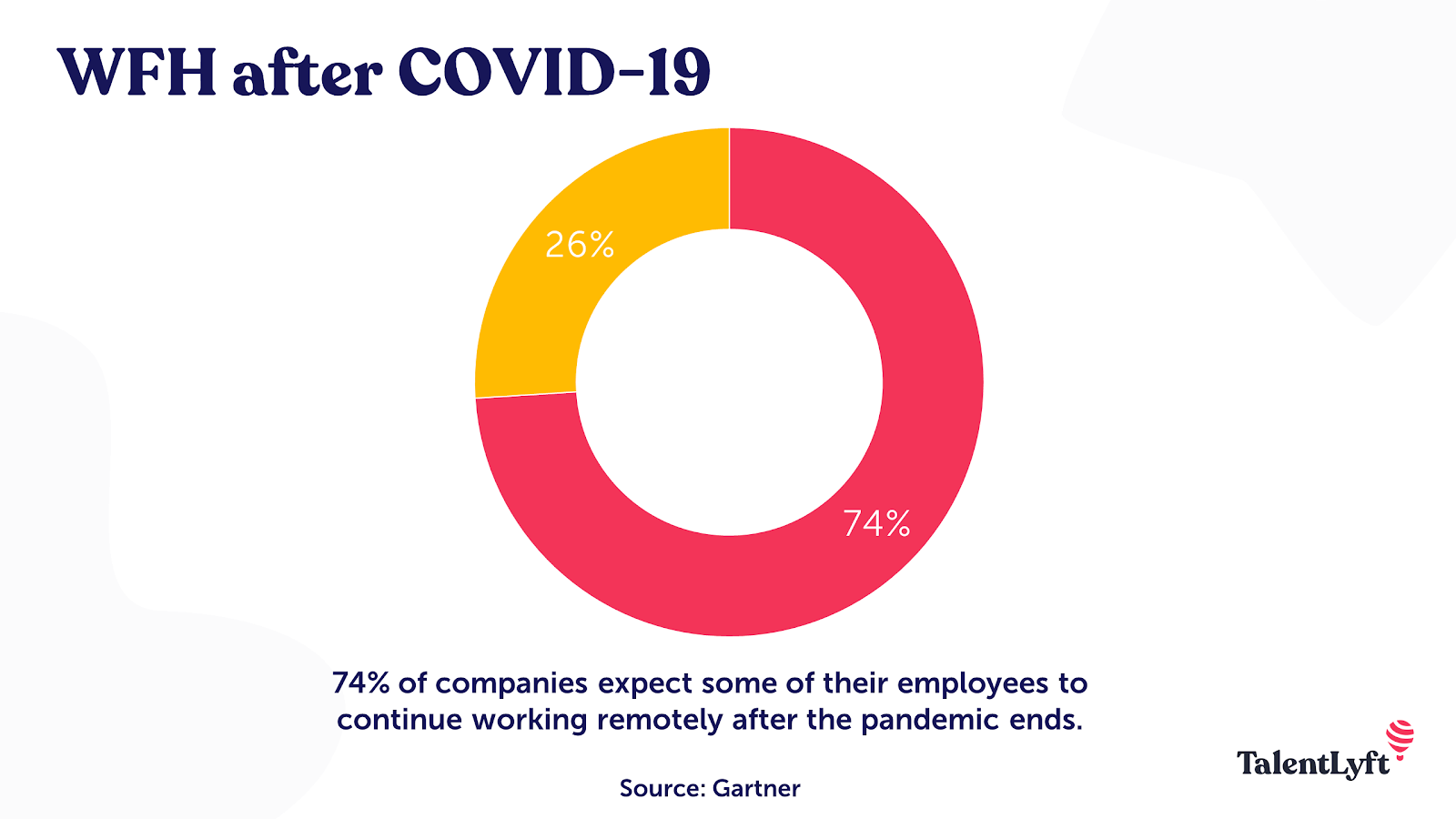
💡 PRO TIP:
Learn how to manage remote employees!
If COVID has taught anything, it is to keep a lean workforce. However, industries will also struggle to operate without having a sufficient number of employees when the economy recovers and the demand comes back. To balance this out, sectors would look to hire a mix of employees: permanent - for their intricate day to day work and contractual - for seasonal or demand-based work. Expect ‘Gig Economy’ to be the watchword for the coming future.
💡 PRO TIP:
Learn about the pros and cons of hiring full-time, part-time and freelance employees!
“Beggars can’t be choosers.” This old adage will be the mantra for recruitment when the economy reopens. With thousands of vacant positions and fewer number of applicants, old biases about x years of work experience, a degree from a particular college, and a gap year in career will be thrown out of the window. Relevant skills would meet most job requirements.
💡 PRO TIP:
Learn how to avoid bias in recruitment!
The pandemic has put organizations on the alert mode in terms of their talent. Emergencies require multi-talented people who can fill many shoes. Companies would prefer candidates with a diverse set of skills and experience so that they can continue to be an asset for the company even if things go wrong.
💡 PRO TIP:
Learn how to improve your own skillset as a recruiter!
So what happens when organizations don’t find multi-talented people outside? They grow some of their own. Upskilling employees can be the ideal solution for organizations as not only are they already a cultural fit, but they can also be upskilled based on specific requirements of the organization.

💡 PRO TIP:
Learn how to develop your internal talent!
As spoken before, the pandemic has left a number of people jobless. When the economy opens up, these people will try and get back to work as quickly as they can in any way possible. A lot of them would sign up for jobs that are not at the top of their preference list- both skill-wise and payment-wise. The onus then comes to the recruiter on how best they can fit these candidates in their organization. Keeping them motivated in their new job roles will also be a challenge in the long run.
💡 PRO TIP:
Learn how to motivate your top performers!
Like every big change, the coronavirus pandemic demands some behavioral adjustments. Recruiters who think long term, show empathy, adopt technology, help their employees, and are flexible in their approach will help their organizations most to bounce back.
COVID has put recruitment in a unique spot. On the one hand, it has severely impacted the performance of the recruitment segment quite alike in other sectors. On the other hand, this provides an excellent opportunity to hire top-notch talent whilst lowering your recruitment costs. How companies respond to this pandemic and adjust their hiring funnel will decide the fate of organizations going forward. Enterprises that make AI and technology a significant part of their hiring strategy are sure to race ahead in this road to recovery.
Sreshtha specializes in AI and technology-based content and heads the content marketing efforts of Skillate. A literature graduate, and a degree holder of Masters in Communication, he likes to read and cook in his free time. You can check out his latest work at Skillate blog.


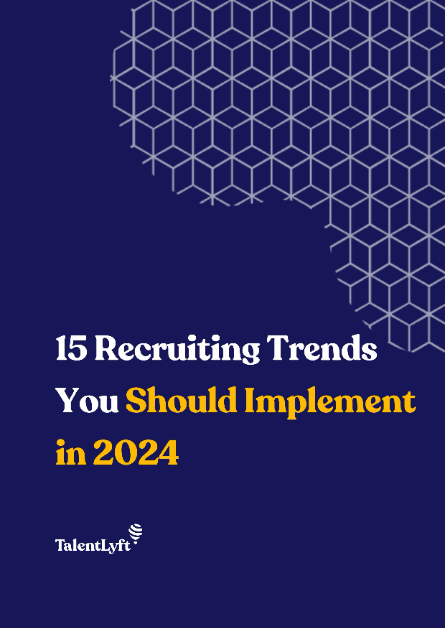


![Boolean Search for Recruiters [Actionable Guide]](https://adoptoprod.blob.core.windows.net/article/7wyu_xAg806Tm_lmFg71Rw.png)






